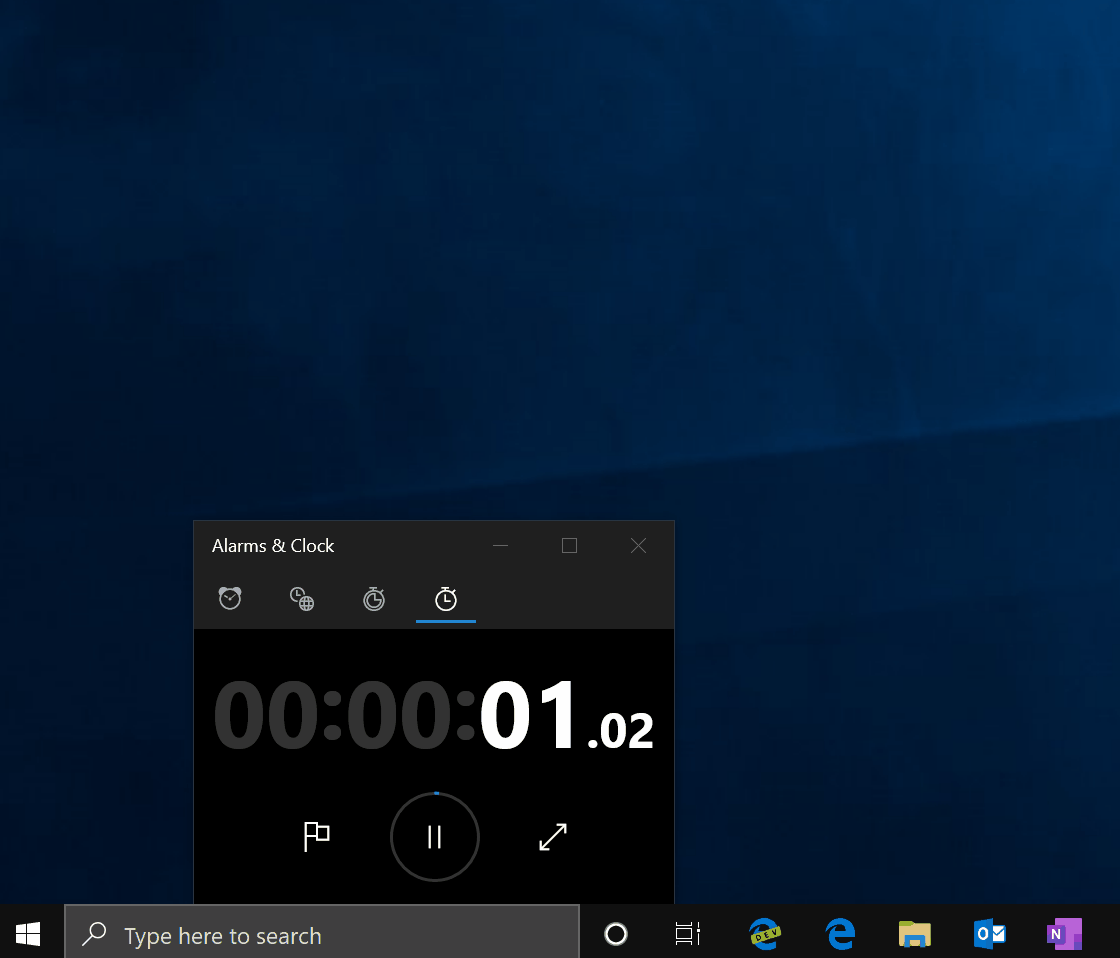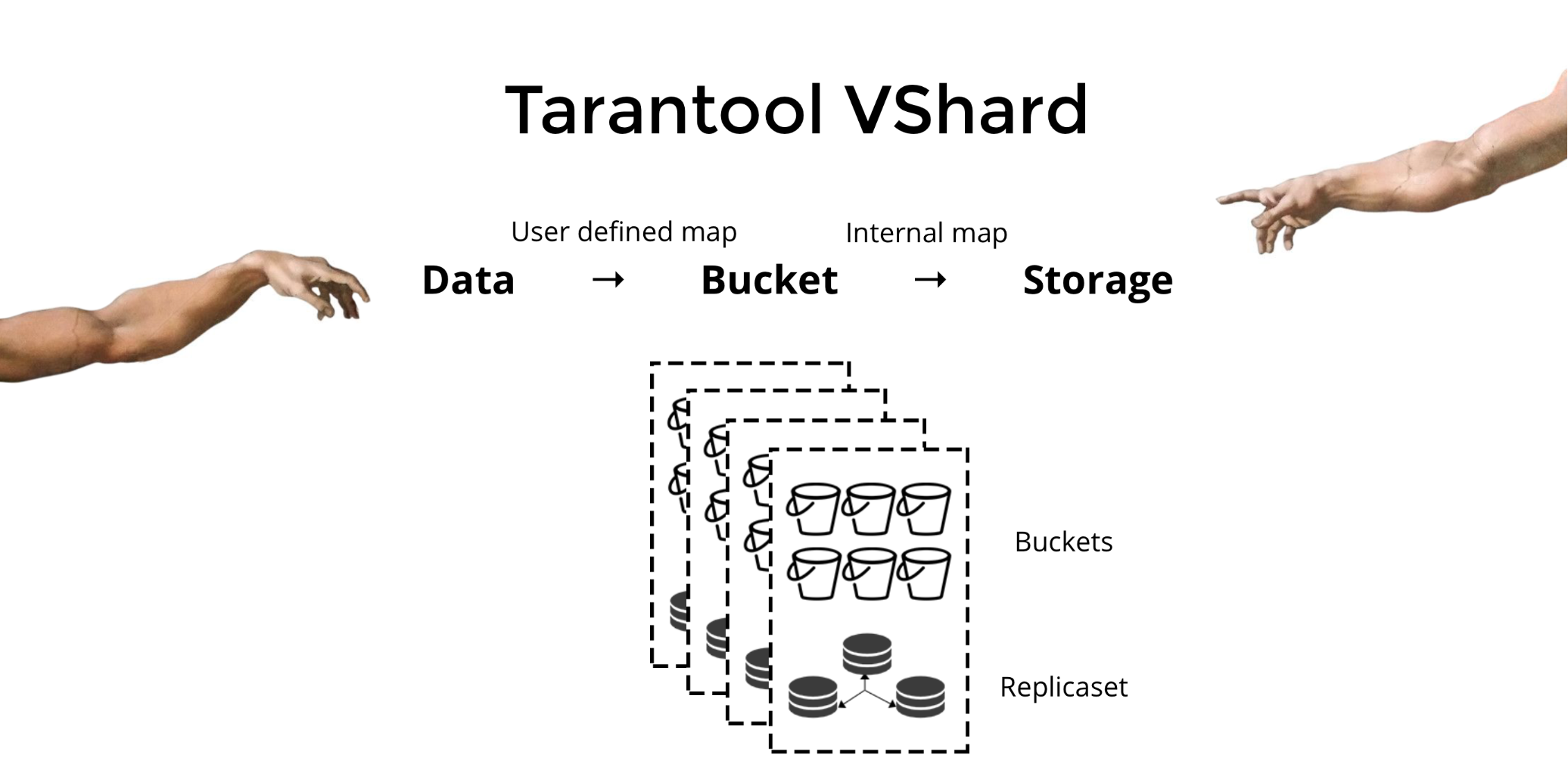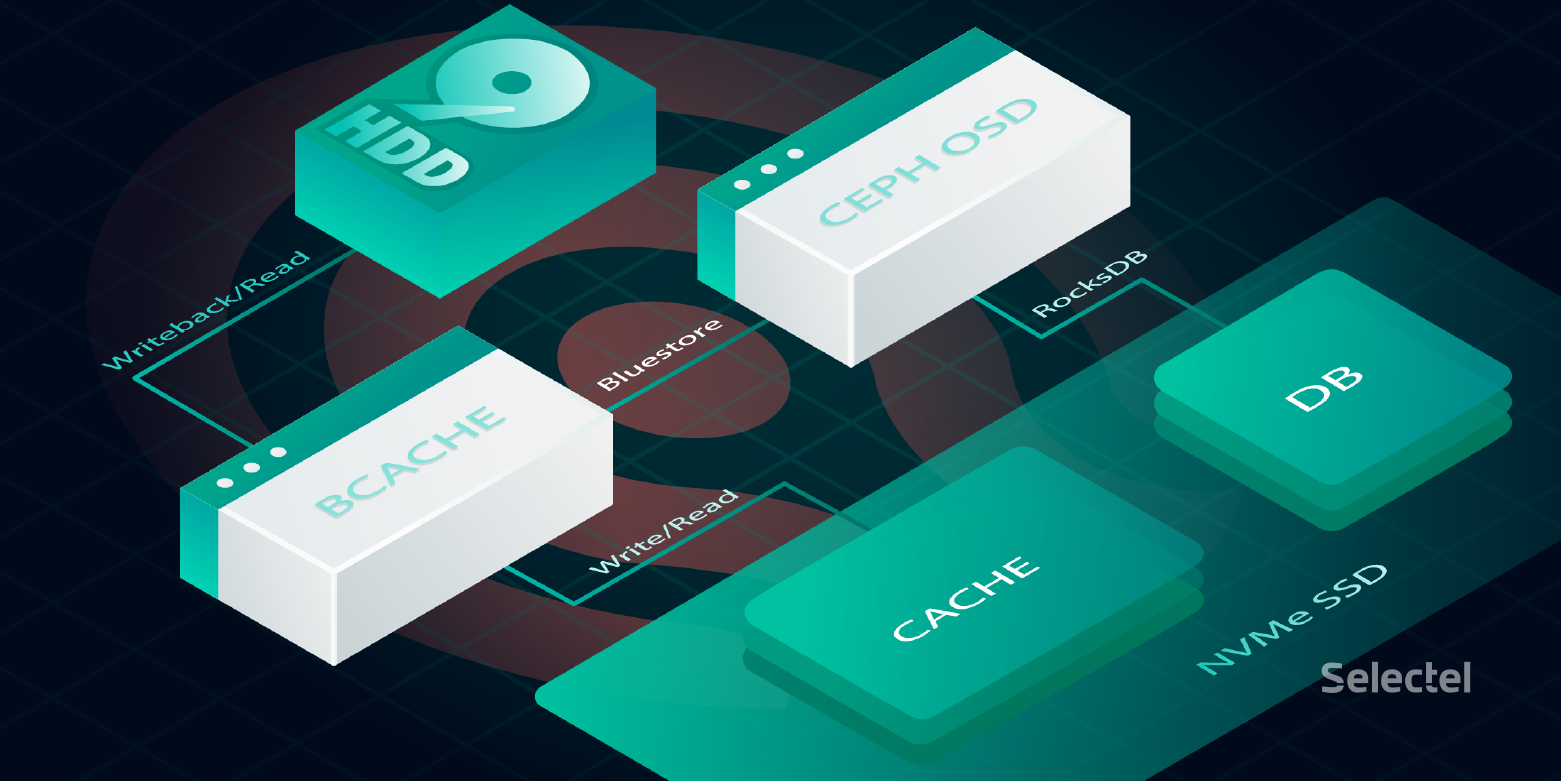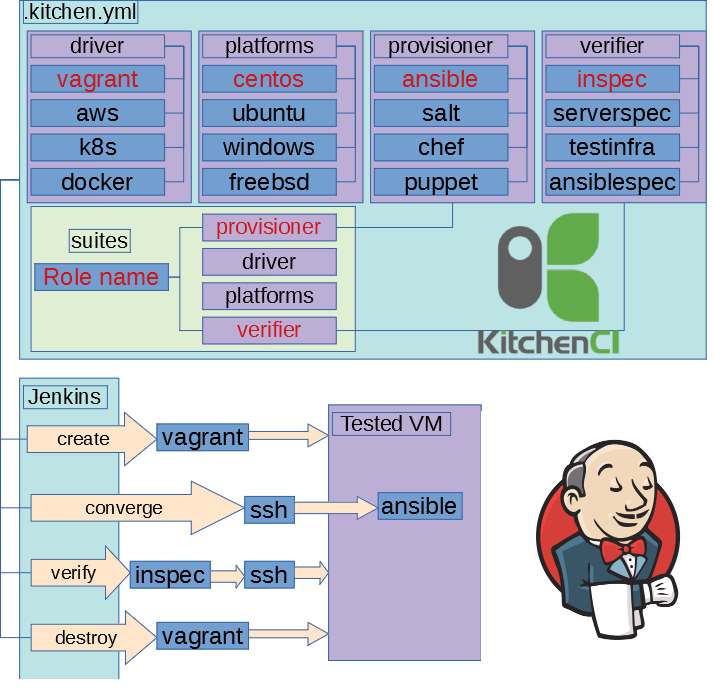
PowerShell Basics: Detecting if a String Ends with a Certain Character


 This article contains a brief squeeze from my own experience and that of my colleagues, with whom I had been fighting incidents day and night. And many incidents would never have occurred if all these microservices that we love so much were written at least a little more carefully.
This article contains a brief squeeze from my own experience and that of my colleagues, with whom I had been fighting incidents day and night. And many incidents would never have occurred if all these microservices that we love so much were written at least a little more carefully.
Unfortunately, some programmers seriously believe that a Dockerfile with any team at all inside is a microservice in itself and can be deployed even now. Dockers are running — money are incoming. This approach turns into problems starting from performance degradation, inability to debug, service failures and ending in a nightmare called Data Inconsistency.
If you feel that the time has come to launch one more app in Kubernetes / ECS / whatever, then I have something to object to.

Hello, everybody!
My name is Alexander Zubkov and today I’d like to talk about routing loops.

The third quarter of 2021 brought a massive upheaval in the scale and intensity of DDoS attacks worldwide.
It all led to September when together with Yandex, we uncovered one of the most devastating botnets since the Mirai and named it Meris, as it was held accountable for a series of attacks with a very high RPS rate. And as those attacks were aimed all over the world, our quarterly statistics also changed.
This quarter, we've also prepared for your consideration a slice of statistics on the application layer (L7) DDoS attacks. Without further ado, let us elaborate on the details of DDoS attacks statistics and BGP incidents for Q3, 2021.

By the beginning of 2021, Qrator Labs filtering network expands to 14 scrubbing centers and a total of 3 Tbps filtering bandwidth capacity, with the San Paolo scrubbing facility fully operational in early 2021;
New partner services fully integrated into Qrator Labs infrastructure and customer dashboard throughout 2020: SolidWall WAF and RuGeeks CDN;
Upgraded filtering logic allows Qrator Labs to serve even bigger infrastructures with full-scale cybersecurity protection and DDoS attacks mitigation;
The newest AMD processors are now widely used by Qrator Labs in packet processing.
DDoS attacks were on the rise during 2020, with the most relentless attacks described as short and overwhelmingly intensive.
However, BGP incidents were an area where it was evident that some change was and still is needed, as there was a significant amount of devastating hijacks and route leaks.
In 2020, we began providing our services in Singapore under a new partnership and opened a new scrubbing center in Dubai, where our fully functioning branch is staffed by the best professionals to serve local customers.



We’re excited to announce starting today you can try the Windows Subsystem for Linux 2 by installing Windows build 18917 in the Insider Fast ring! In this blog post we’ll cover how to get started, the new wsl.exe commands, and some important tips. Full documentation about WSL 2 is available on our docs page.


Discovering git vendor extension.
Cross-post from my medium blog: https://medium.com/opsops/git-vendor-295db4bcec3a
I would like to introduce the proper way to handle vendoring of git repositories.
Vendoring is a way to integrate other’s work into your own. It’s the opposite of ‘linking’ against third-party library. Instead of having that library as a dependency, application uses this library as a part of own source code and keep that code ‘inside’ itself.
Normally, vendoring is done by language tooling: bundler, cargo, pip, etc. But sometimes you need to vendor something not covered by any existing toolset, or something multi-language, that it’s impossible to find the ‘core’ language tool for that.
The solution for this situation is vendoring on a git level. You have your own git repository (I call it ‘destination repo’), and you want to incorporate some other repository (I call it ‘source repo’) as a directory into your (destination repo).
The things you expect from a well-designed vendoring system (regardless of Git it is or not):





This is an official tutorial published earlier on Ontology Medium blog
Excited to publish it for Habr readers. Feel free to ask any related questions and suggest a better format for tutorial materials
Some time ago among security researchers, it was very “fashionable” to find improperly configured AWS cloud storages with various kinds of confidential information. At that time, I even published a small note about how Amazon S3 open cloud storage is discovered.
However, time passes and the focus in research has shifted to the search for unsecured and exposed public domain databases. More than half of the known cases of large data leaks over the past year are leaks from open databases.

Today we will try to figure out how such databases are discovered by security researchers...

It is text version of the presentation 2018-04-25 at Saint-Petersburg Linux User Group. Configuration example locates at https://github.com/ultral/ansible-role-testing
I suppose that that you make configuration management, not bash. It means that you have to test it some how. Have you ever tested ansible roles? How do you do it?

There are new challenges that force IT companies to look for non-trivial approaches to solve the problems of their customers every year. And as you know LANIT-Integration is not an exception. Our team has already managed to work with many products, but we never stop discovering new ones.
In this article I would like to provide an overview of backup and recovery software from Chinese vendors and to compare these solutions with domestic ones.